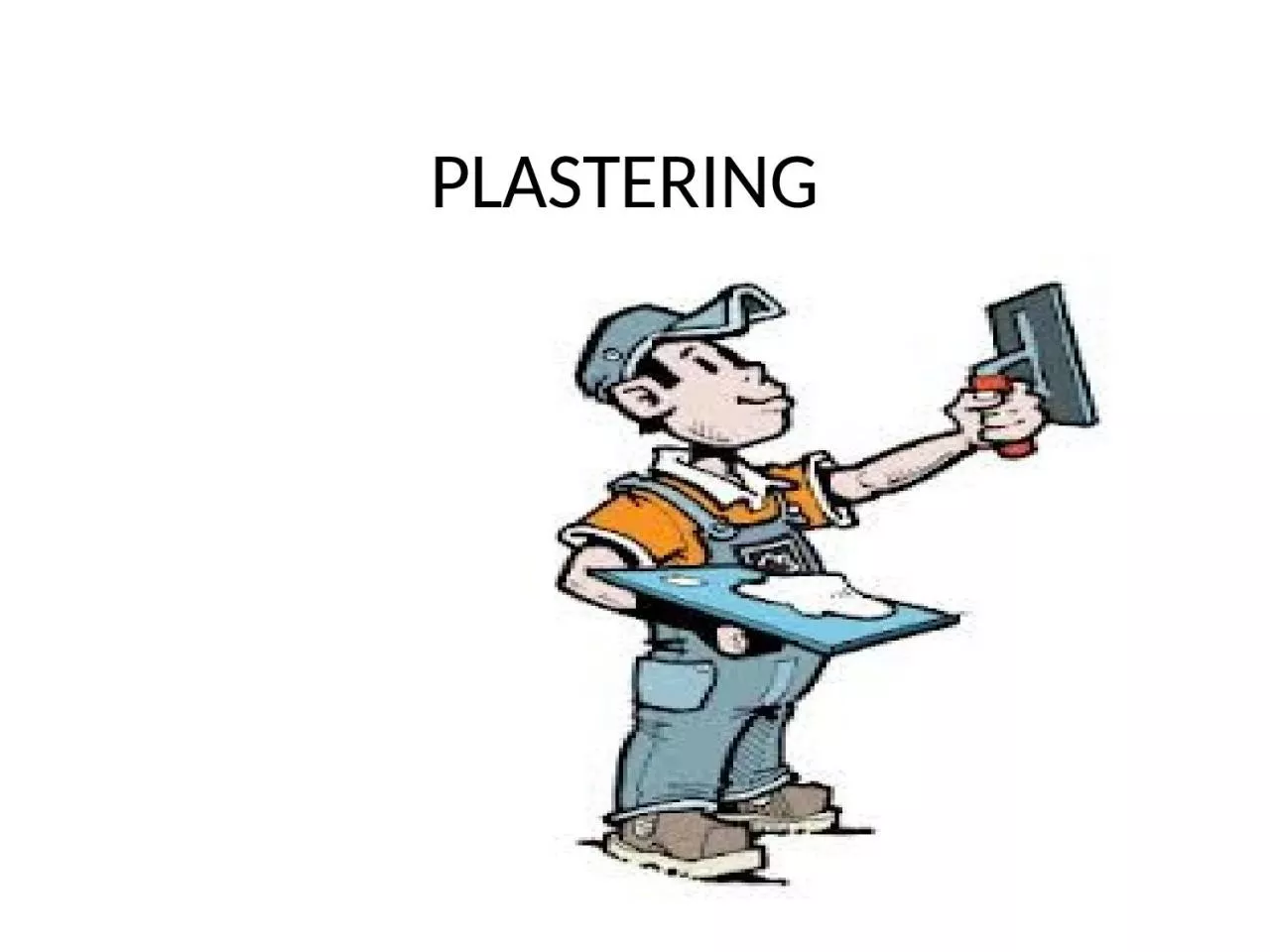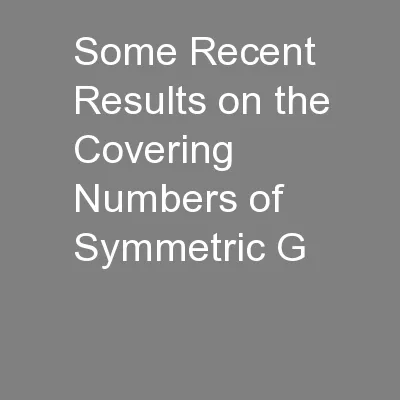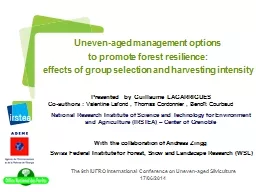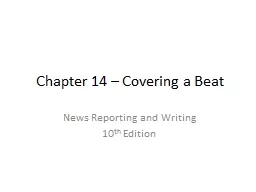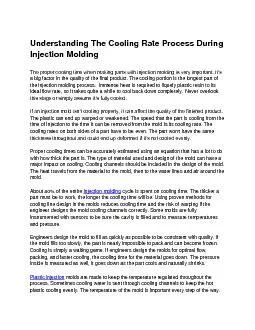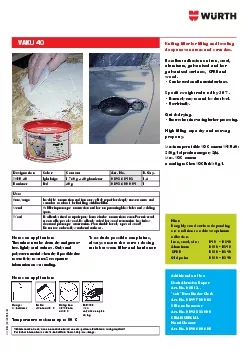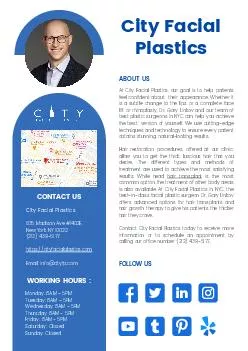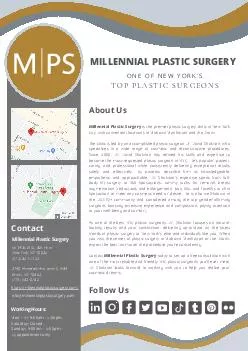PPT-PLASTERING Process of covering rough walls and uneven surfaces of a building with a plastic
Author : caitlin | Published Date : 2024-01-13
Plastic materialmixture of cement sand amp water TYPES OF PLASTERING CEMENT PLASTERING LIME PLASTERING MUD PLASTERING WATERPROOF PLASTERING OBJECTIVES Provide even
Presentation Embed Code
Download Presentation
Download Presentation The PPT/PDF document "PLASTERING Process of covering rough wal..." is the property of its rightful owner. Permission is granted to download and print the materials on this website for personal, non-commercial use only, and to display it on your personal computer provided you do not modify the materials and that you retain all copyright notices contained in the materials. By downloading content from our website, you accept the terms of this agreement.
PLASTERING Process of covering rough walls and uneven surfaces of a building with a plastic: Transcript
Download Rules Of Document
"PLASTERING Process of covering rough walls and uneven surfaces of a building with a plastic"The content belongs to its owner. You may download and print it for personal use, without modification, and keep all copyright notices. By downloading, you agree to these terms.
Related Documents

